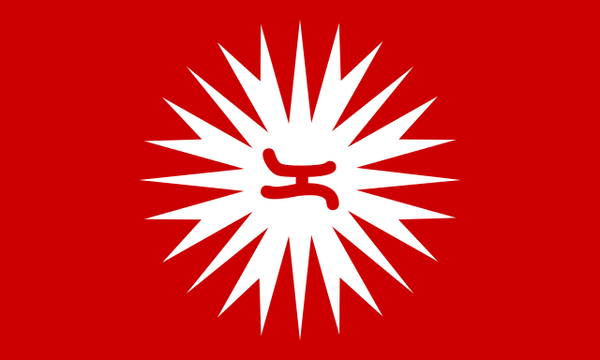The Philippine Revolution
By 1896, the Katipunan had thousands of members. Inevitably, this resulted in the discovery of the group by colonial authorities. The members had no option but to strike and in late August they gathered in Caloocan and publicly declared the start of the revolution, in an event now referred to by many as the Cry of Balintawak.
The revolution was led in part by André Bonifacio y de Castro, who went on to be known by many as the “father of the Philippine Revolution”. Once the revolution had begun, Bonifacio called for an offensive on Manila. However, he and his men were defeated in battle at the town of San Juan del Monte. In spite of this set back, he regrouped and led his forces to a number of victories, briefly capturing towns including Marinkina, San Mateo and Montalban.
While Bonifacio and his men fought valiantly, Spanish counterattacks drove them back and they were forced to retreat to the mountains. However, they continued to engage in guerrilla warfare and by the end of August the revolt had spread across eight provinces as a result of their efforts.
By this point, Governor-General Ramon Blanco had no choice but to declare a state of war and place the provinces in question under martial law. This turning point proved to be so important in the regaining of the Philippines’ independence that these eight provinces went on to be represented in the country’s flag as the eight rays of the sun.

In spite of the success of the revolt, many of the educated ilustrados (middle class Filipino nationalists being educated abroad) were against armed violence, including Rizal who had inspired so many. However, Rizal still went on to be arrested, tried and executed for treason in December 1896, which meant he only continued to inspire the revolutionists who remained.
Towards the end of 1896, Bonifacio was invited as leader of the revolution to Cavite, where rebell leaders of the two Katipunan provincial chapters sought unification. The two factions - the Magdalo and the Magdiwang - were mostly made up of Ilustrados and announced their intention to proclaim a provisional and revolutionary government, in spite of the growing influence of the Katipunan government.
Upon the arrival of Bonifacio in Cavite at the Tejeros Convention, sparks quickly began to fly when Magdalo leader Emilio Aguinaldo was elected as president of the new insurgent government in March 1897. Bonifacio made it clear immediately that he had no intention of recognising Aguinaldo as the new leader and was executed for treason two months later.
In spite of the new leadership, the revolution had reached a stalemate by December 1897. The Pact of Biak-na-Bato was written, which agreed an armistice and $800,000 to be paid if Aguinaldo left the country. Aguinaldo agreed and subsequently sailed to Hong Kong in self exile.
MLA Citation/Reference
"The Philippine Revolution". HistoryLearning.com. 2025. Web.
